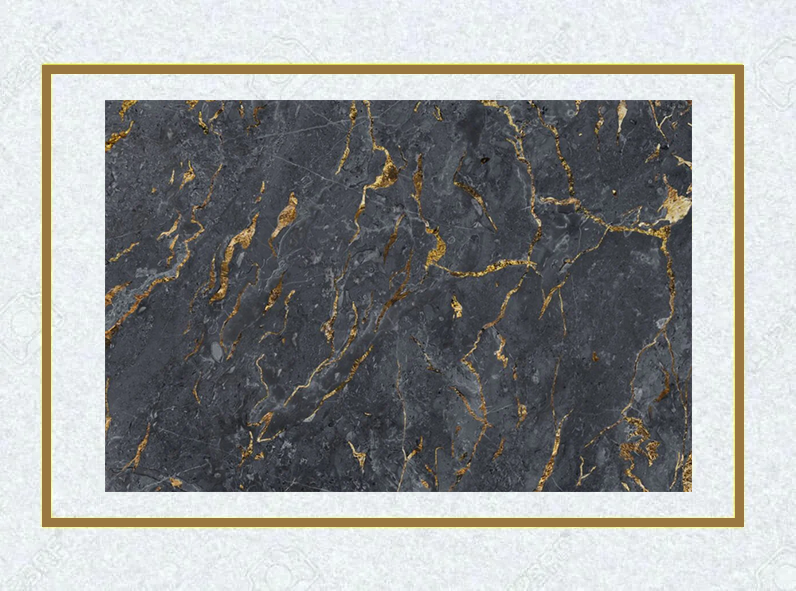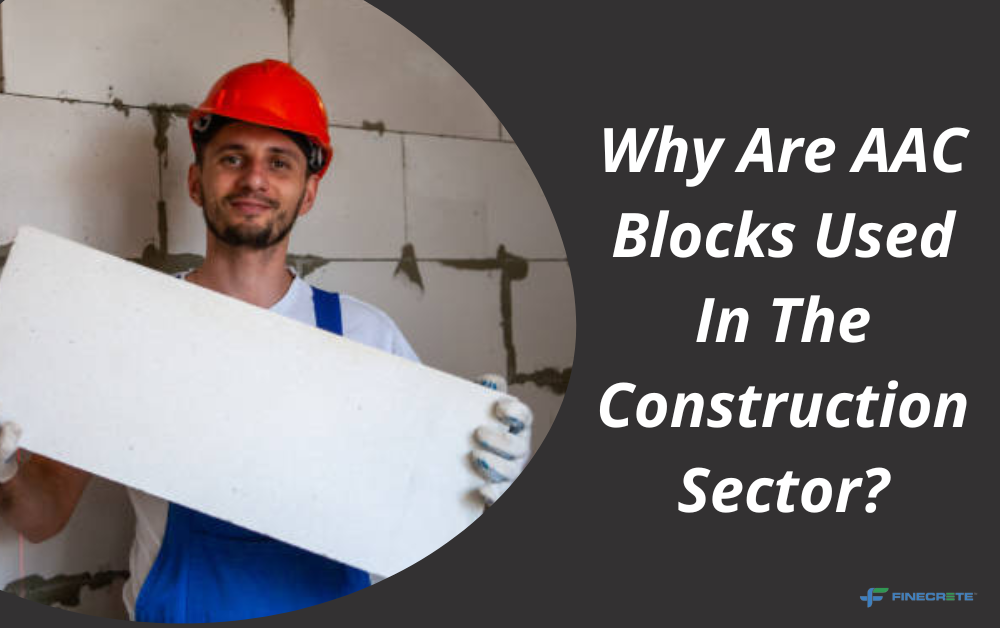AAC blocks have a reputation for being exceptionally strong. These enable a building’s structure to be better stabilized by construction companies, increasing its dependability, stability, and earthquake resistance. Another thing to note is that non-biodegradable materials are used in the production of the AAC material, increasing its mould resistance and resulting in better, cleaner, and more durable interiors.
The blocks made with AAC can be cut using common tools like band saws, drills etc. because the material is quite simple to handle and manage. Because the labor force does not need any specialized skills, this makes construction simpler and more resource-efficient. You should order only from the best-known AAC block manufacturers in Delhi.
Top Reasons Why AAC Blocks are used in the Construction Sector?
Additionally, the AAC blocks are 9 times larger than red clay bricks, resulting in fewer joints throughout the structure of the building. This might have an immediate effect on how long it takes to complete the construction. Not only that, but it also means less masonry will be needed, which will shorten the project’s completion time and give you more time to market to the appropriate audience. Additionally, it might give you a competitive edge. AAC blocks reduce construction time by 20% overall.
AAC blocks are fundamentally lighter than traditional red bricks, which can have a direct impact on the amount of cement and steel required for construction, making it a more cost-effective option. The interior of the building can stay warm in cold weather and cool in hot weather thanks to the thermal conductivity of the AAC blocks. This directly affects the amount of energy used for air conditioning usage and results in cost savings of up to 30%, making it a more energy-efficient option than any other material. Only the best AAC block suppliers in India can provide you with the best supplies.
Since this material is produced using an automated process, the finished blocks are more precise and smoother, negating the need for three coats of plaster on walls. The weight is a third of a traditional red clay brick structure, which results in a 15% reduction in steel usage and cost savings. AAC blocks are more versatile for builders and end users because they are easier to chisel and plumb than solid concrete blocks and red clay bricks.
Because AAC Blocks were manufactured with a porous structure, they have excellent sound absorption qualities. AAC Blocks are the ideal material for building walls because of their Sound Transmission Class (STC), which is about 45 DB.
AAC Blocks have the best fire resistance in their class, with a 4-6 hour fire rating. Having a melting point of more than 1600 °C as compared to the red clay bricks’ 900 °C, the block’s cellular structure renders it fire-resistant.
The size, shape, and strength of AAC blocks may be customized to fit the style of your building. Compared to other processes, the production process uses a very small amount of energy. Additionally, no pollutants, byproducts, or hazardous waste are produced during the process. Every millennial and even baby boomers are concerned about climate change, so it is critical to minimize the carbon footprint wherever possible. AAC blocks do not produce any waste at all during construction and are non-toxic.
Related Article: Why AAC Blocks Are Used Today?






